_We may earn revenue from the products available on this page and participate in affiliate programs. Learn more ›
_
In late October, we got our annual Halloween push of ducks here in the Midwest, and a friend and I timed it just right. We set up on a big agricultural retention pond with winds gusting to 30 mph. I threw out three dozen goose floaters, and we set another dozen full bodies in the shallows. We added a few mallard blocks right at the water’s edge in the landing hole in front of the blind. It’s best to put ducks upwind of geese, as geese don’t like flying over ducks, while ducks will fly over geese.
The first ducks in the spread were green-wings, and we shot a pair. Not long after, a big group of mallards worked us, then dropped into the hole. And so it went, until an hour and a half later, I called the shot on a pair of greenheads at ten yards. We stood up, the blind blew down, and we shot our last two ducks of the day.
We added a couple of geese and passed on the shovelers and ruddies that came into the spread. A flock of bluebills landed at the edge of the geese, but they were too bunched up for a clean shot. The point is, everything liked the goose spread that morning. We had a nice bag of mallards, a couple of teal, a gadwall, and some geese. It was proof that a spread of goose floaters can work on ducks just as well as a spread of goose silos and full bodies do in a dry field. And, adding floaters to your collection of goose decoys gives you the ability to target geese on ponds and rivers, where there may be less competition than in dry fields.
If you need more convincing to add goose floaters to your spread, here are four reasons big Canada floaters will improve your success on ducks and geese, plus other gear to help you kill more birds.
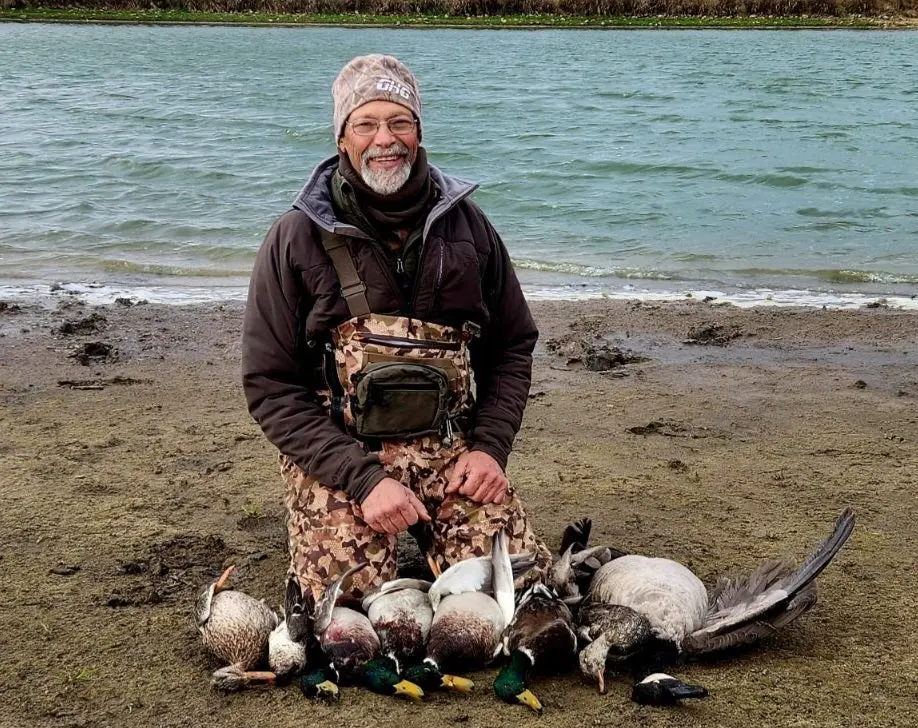
The author after a successful hunt this fall. Phil Bourjaily
1. Practicality
It doesn’t take a huge decoy spread to fool geese over water. Sometimes, as few as four decoys can be enough to pull geese on small ponds or marshes. Plus, geese feel comfortable enough coming to water that even mediocre (that’s putting it kindly) callers like me can honk and cluck a few times to get their attention, and then let the decoys do the work.
2. Easy Hours
The best time and place to hunt geese over water is a loafing spot, which can be whatever pond, marsh, or stretch of river birds go to after breakfast. Find one of these loafing spots and hunt it at “goose time,” which starts about 8:30 and runs through the middle of the day. There’s no need to get up early to hunt a loafing spot, and shooting the roost in the evening is generally frowned upon, as it might move birds out of the area for good. Save a late afternoon roost shoot for the last day of the season. If you’re after a mixed bag of ducks and geese, however, set the alarm early.
3. Aesthetics
If you’ve gotten this far, you’re probably a serious waterfowler, and I don’t have to explain the adrenaline rush of ducks and geese decoying from high altitudes. This leads me to my next point of why you should use goose floaters: geese will lock up as dots in the sky and drop down to water as if on a giant, invisible escalator in a way they rarely do in fields.
I remember honking once at a bunch of four passing over from behind me and seeing them stand on their wingtips, drop almost to the water, spin, and come into the decoys, barely skimming the surface as they crossed the pond. It was a sight mesmerizing enough that I turned what should have been an easy triple into a single bird on the water. Watching geese decoy over water is more fun than watching them decoy in dry fields.
4. You’ll Kill More Ducks
You will shoot far more ducks over goose decoys than you will ever shoot geese over duck decoys. Up to a 90/10 goose-to-duck decoy ratio can work surprisingly well on ducks, and it pulls more geese than a few goose floaters with a large duck spread will. Goose decoys are big, highly visible, and serve as a confidence bird for other waterfowl. This makes your spread not only more appealing and visible to ducks, but also a more secure place for them to land.
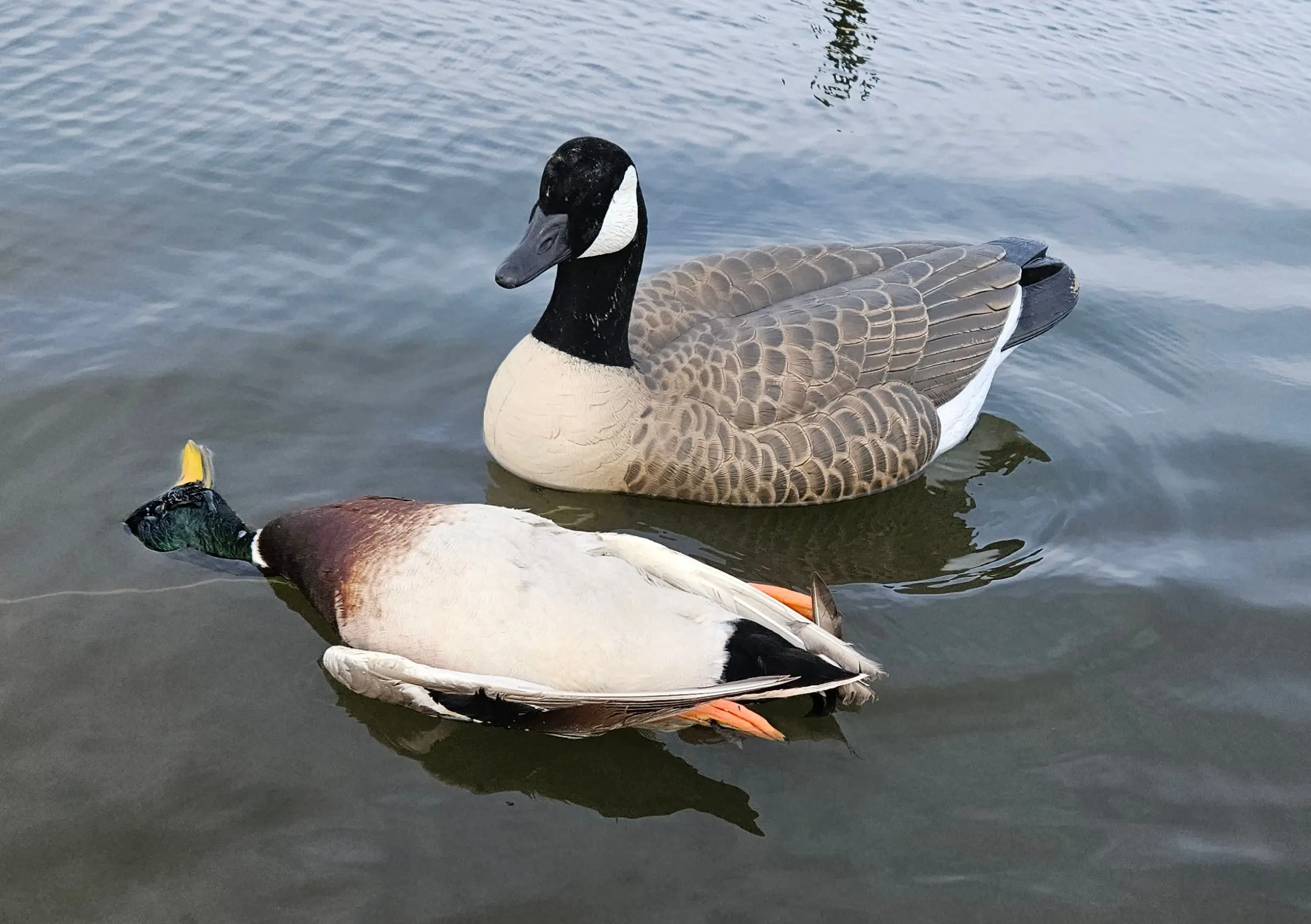
Goose floaters serve as confidence decoys for ducks and are an effective way to help finish more puddle ducks over the spread. Phil Bourjaily
Goose Decoys and Other Great Waterfowl Gear
Dive Bomb F1 Canada Floaters
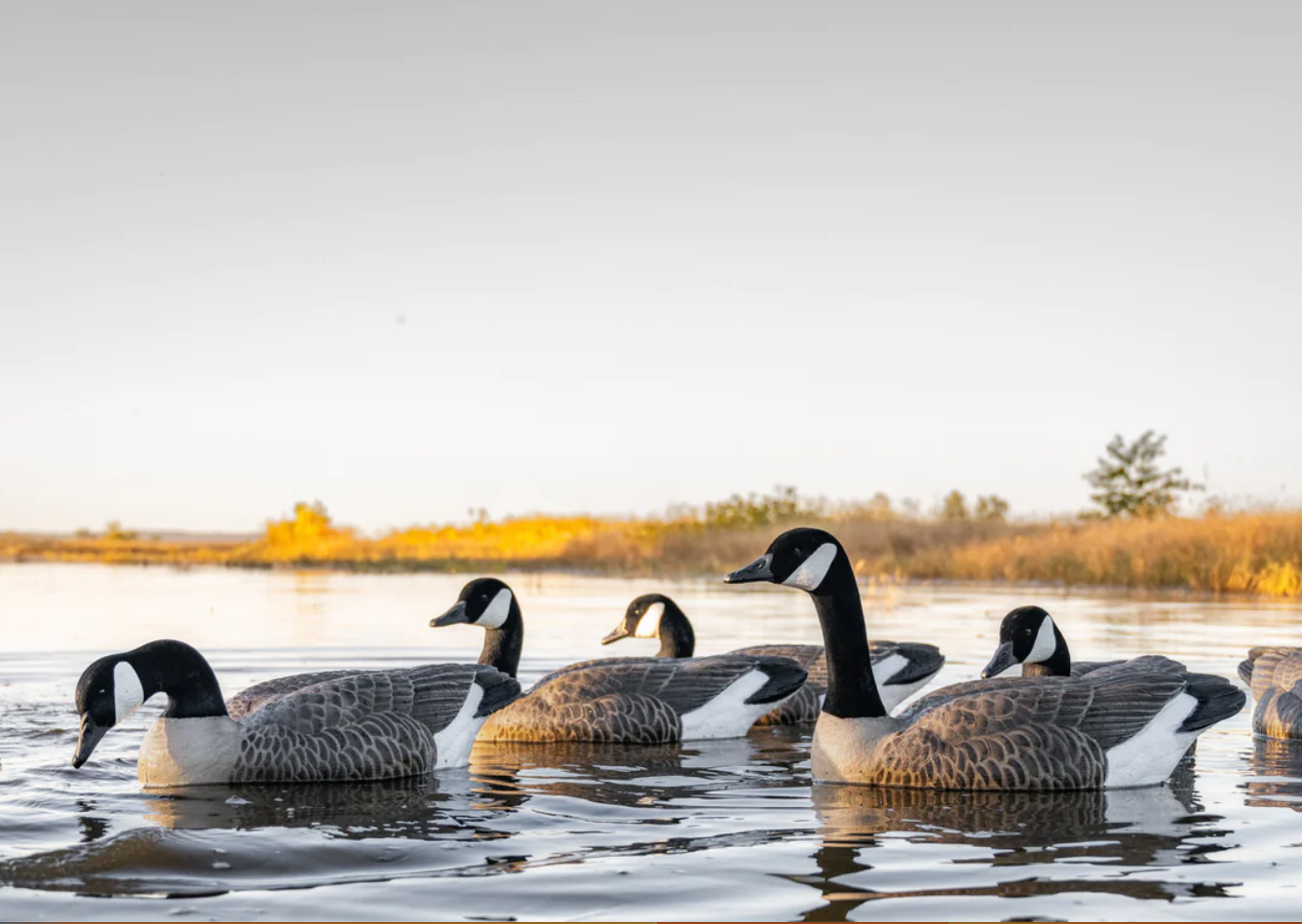
My goose spread consists of many different brands and models, but my newest addition is the Dive Bomb F1 Canada Floaters. And having hunted over the Dive Bombs a few times, I wish all my floaters were F1s. Their feather detail may matter more to us than to the geese, but it can’t hurt. I know that the flocked heads, which come in four positions, help them look more realistic, too. Thus far, the paint is adhering well. At 22 inches, they are a handy size: big enough to stand out, yet not so bulky I can’t fit a bunch in the bed of my small truck.
Best of all, though, the plastic is tough, with some give to it, and the entire decoy is one piece. Having decapitated a two-piece floater by inadvertently dragging it behind the truck, and breaking the head off another decoy by tossing it in the bed, I really like the idea of a one-piece goose floater. And, at $185 per six, these decoys are a good buy that should hold up for many hunts to come.
Dive Bomb
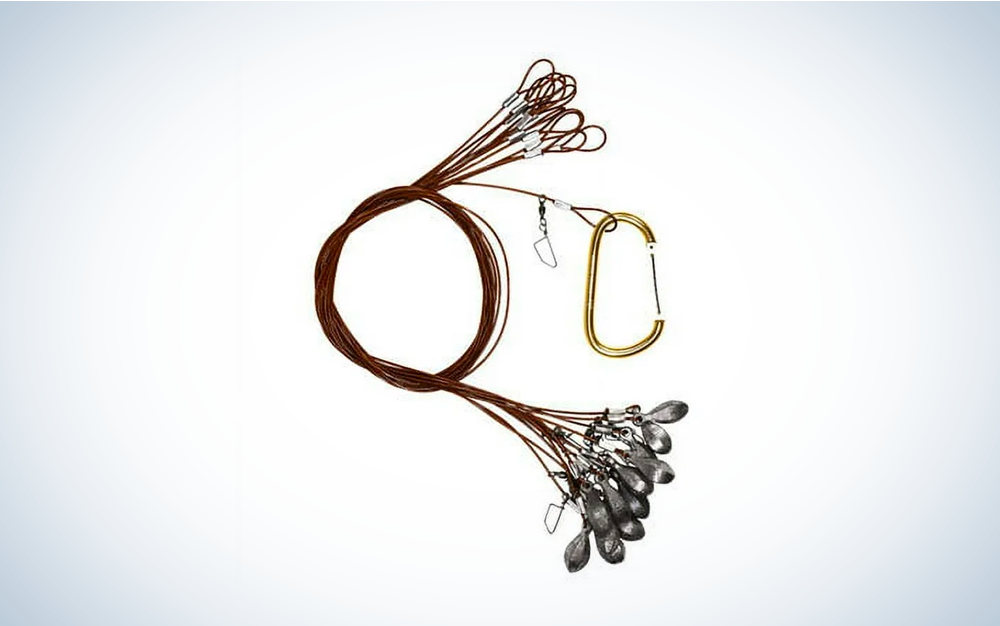
During that windy Halloween hunt, ten of my goose decoys pulled up anchor and left for the downwind shore. I had them all rigged for secluded waters with light anchor weights. All those anchors have since been replaced with Dive Bomb and Heyday (formerly Lifetime) Texas Rigs with 8- and 10-ounce weights to help them stay put. The Dive Bomb weights are shaped like bombs, which is fun and helps them grab onto the bottom, while the Heydays are mushroom anchors that really dig into the muck.
Hardcore Waterfowl Lesser Canada Floater Decoys
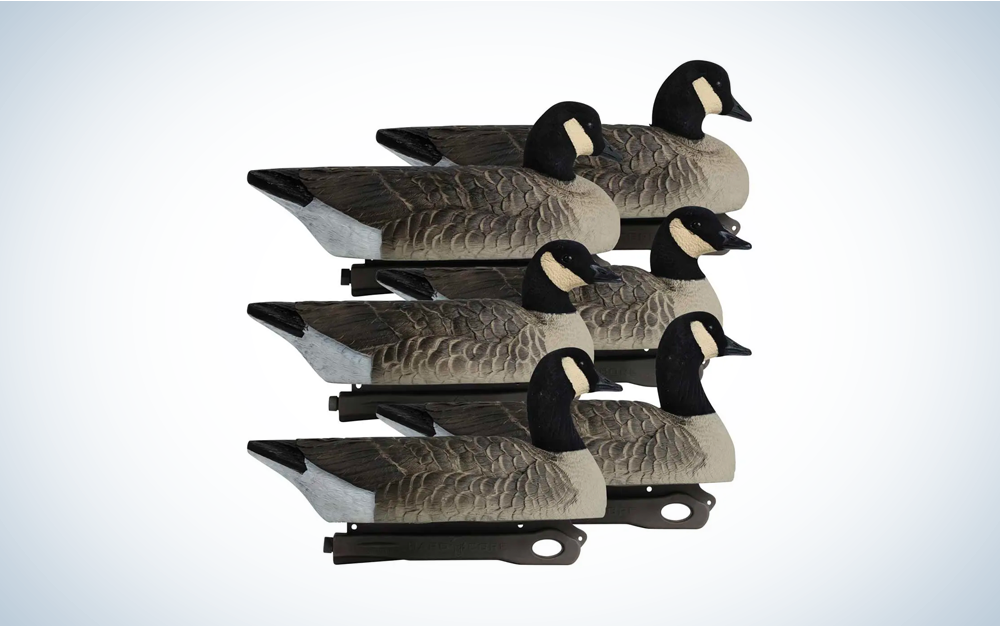
One decoy that doesn’t need a lot of weight is the tiny, duck-size Canada Lesser Floater from Hardcore. They make a very handy decoy if you have to pack in somewhere, and they are likewise one-piece, rugged decoys.
Dive Bomb V2FF Fully Flocked Sleeper Silhouettes
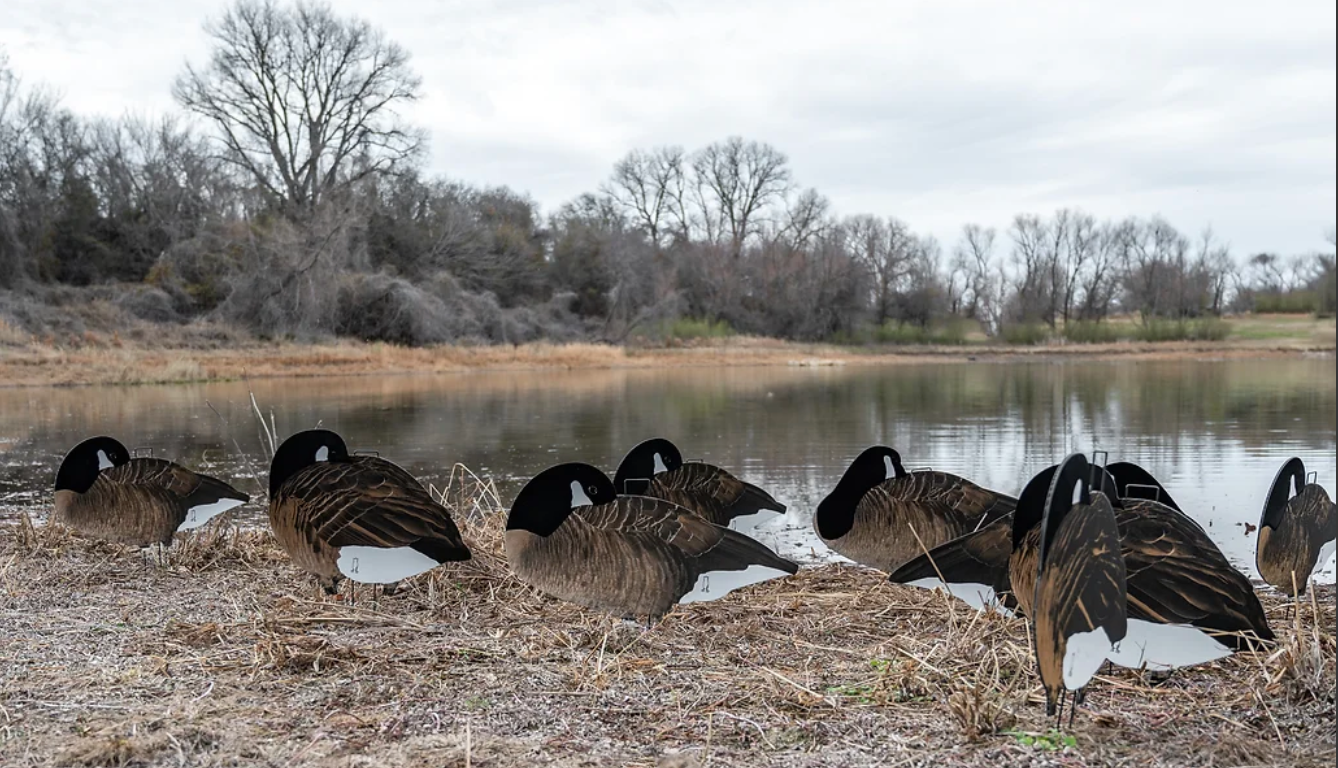
I’ve been using Dive Bomb’s fully-flocked sleeper silhouettes, which look great on a sandbar. The fully-flocked design reduces glare, and the deep black head looks ultra-realistic in the field. They’re one-piece silos that come with spring steel stakes and only weigh 6 pounds per dozen. You can pick up a dozen for $135, which includes three different head positions.
Tanglefree Panel Blind
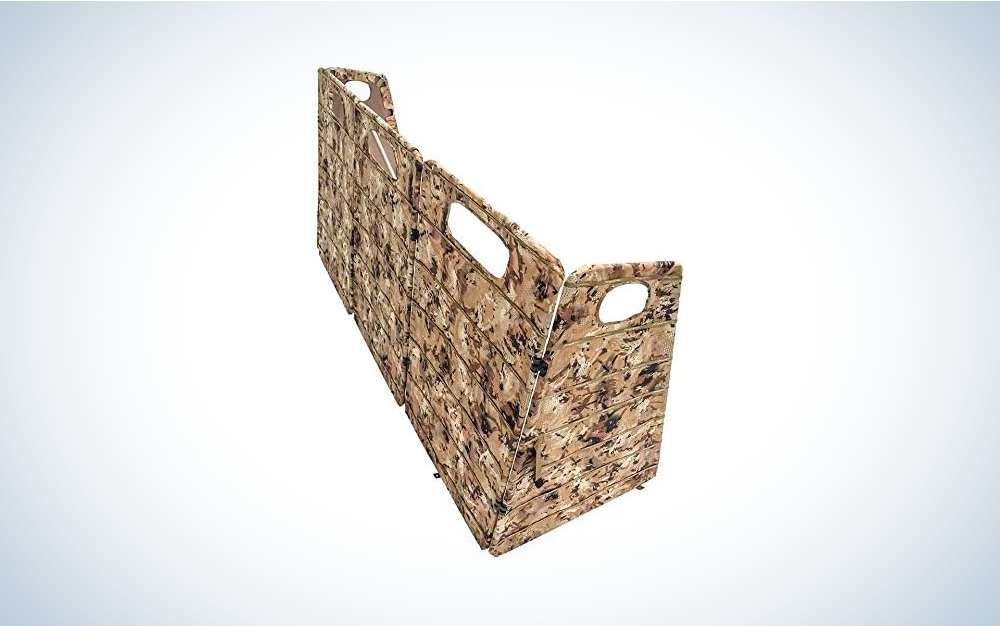
We used a single Tanglefree panel blind on the Halloween hunt, and it disappeared against the bank. Panel blinds are much easier to shoot out of than layouts, and they give you a wider field of fire. This one comes with a durable aluminum frame and can conceal up to four hunters.
Rig ‘Em Right Hyde Stool
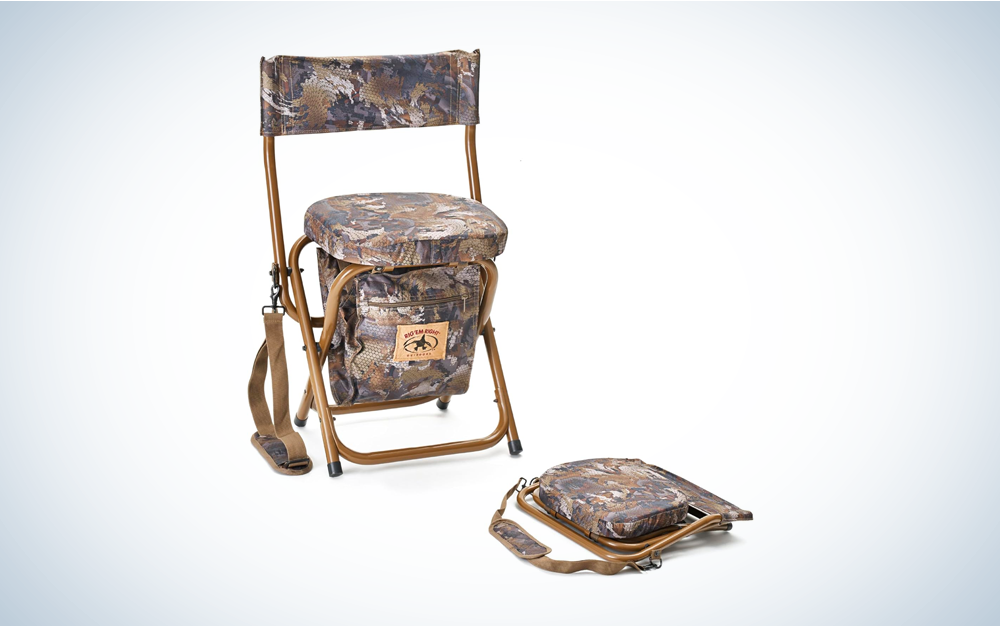
With a tough steel frame and a soft, padded seat, the Hyde Stool is strong where it has to be and comfortable in the right places, too. It became my new favorite dove stool in September, and it fits right into the panel blind for a duck hunt, as well.
Cabela’s Northern Flight Renegade Series Quick Setup Layout Blind
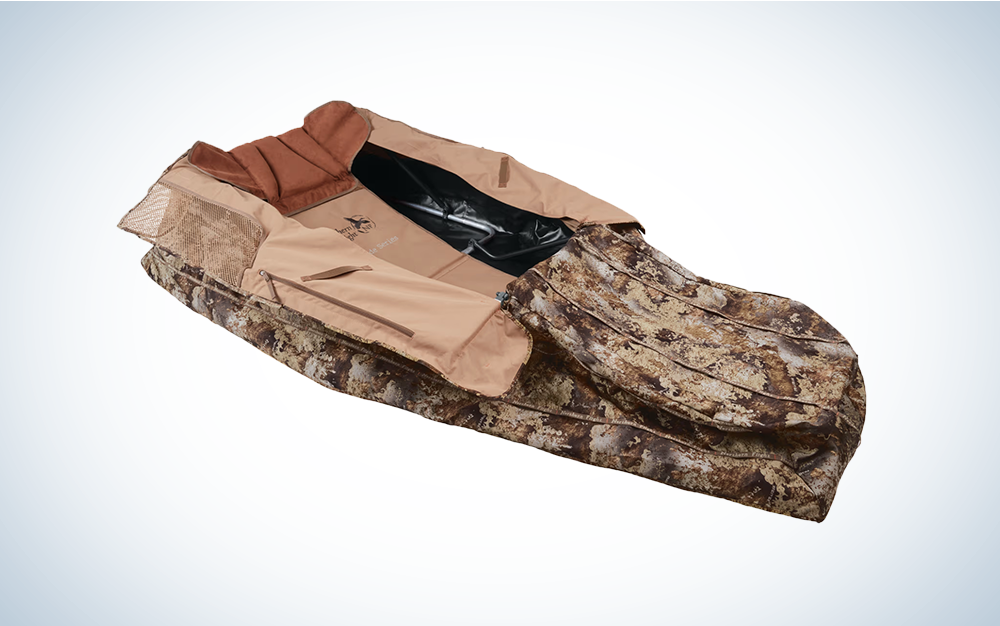
My favorite layout is the Cabela’s Northern Flight Renegade Series Quick Setup Layout Blind, which goes up and takes down very quickly with no pins to fool with when my fingers are numb. It’s big and comfortable, too.
Apex Steel/TSS 2×7 ½ Stacked Loads
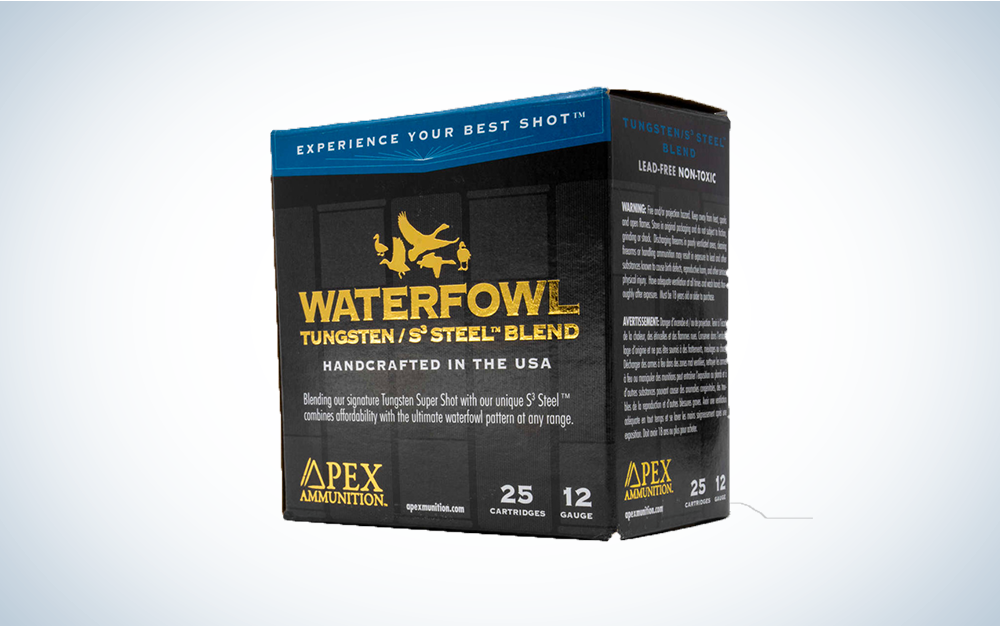
My ammo on the hunt I mentioned above was the Apex steel/TSS 2×7 ½. They hold 1 5/16 ounces of shot, and there’s enough TSS to offer pattern density far beyond what you see with an equivalent load of 2s only. While almost every shot I’ve taken with these shells resulted in a dead duck, I did have to shoot one cripple on that Halloween hunt and was dumbfounded when I killed it at a good 80 yards, which I have to attribute to the TSS.
Duck Camp Breathable Waders
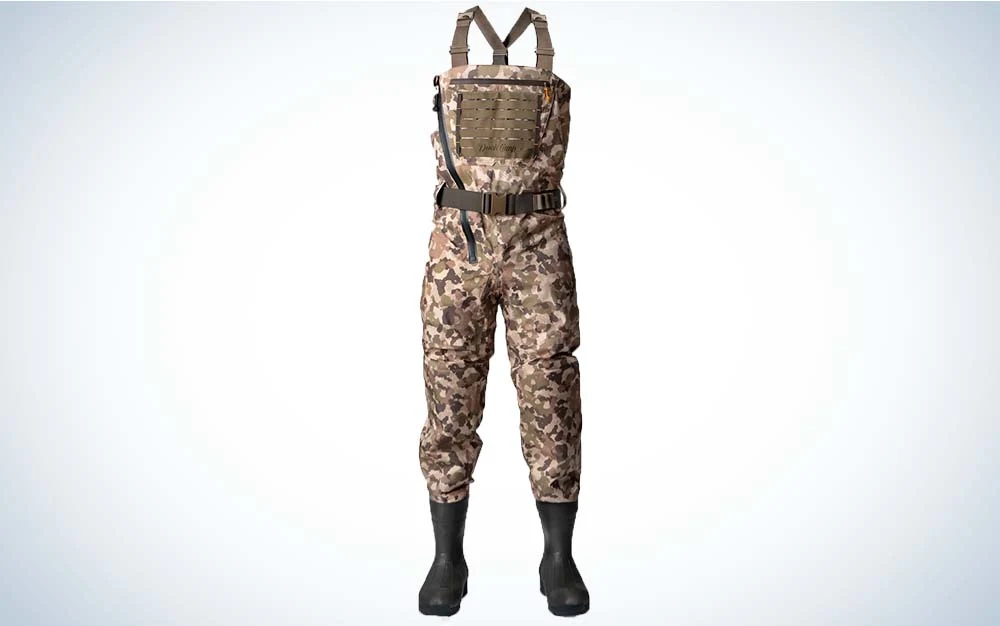
The angled zipper of the Duck Camp waders allows the traditional pass-through chest pocket and a zippered phone pocket. There is a Molle panel that I like even better now that I have put a Spiritus Systems Medium GP Pouch Mk3 chest pouch and 12-gauge loops on the front.
Sitka Duck Oven Jacket
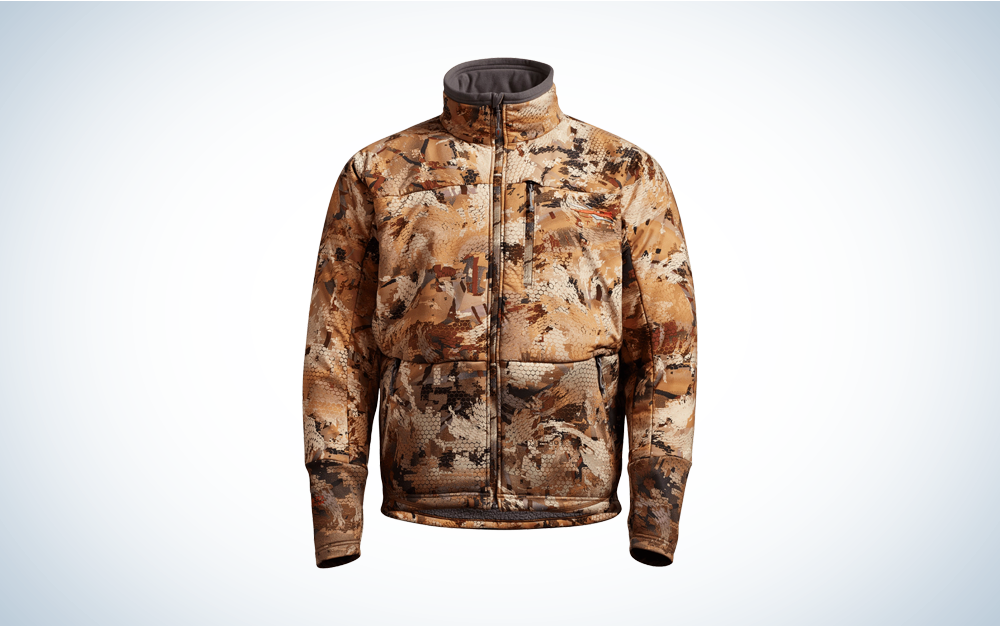
The Duck Oven jacket has a Windstopper lining with warm Primaloft insulation in the top half and thinner fleece on the bottom, so it tucks easily into waders. It is very warm as part of a layering system and perfect for late-season hunts. I got mine in the solid Earth pattern, so I can wear it around town, too.
Meindl Extra MT Jagd Long Heavyweight Merino Wool Socks

Since socks play a disproportionately large part in the comfort and success of any hunt, I’d be remiss not to mention my Meindl merino wool socks I’ve been wearing to help keep my feet cozy inside the wader boots. Sixteen inches tall and made of warm, moisture-wicking 4mm Merino wool, they also have bioceramic yarns for insulation and temperature regulation.






